
Embarking on a journey through the rich tapestry of Tannat wines reveals an intriguing world where tradition meets bold flavour profiles.
This article will explore the essence of Tannat wines, beginning with an overview of their origins and distinctive characteristics. We'll delve into the sensory profile of Tannat wines, unravelling the complex aromas and flavours that make them a favourite among connoisseurs. From there, the conversation will flow into food pairing, offering insights on how to elevate dining experiences with the perfect Tannat match. Tips for serving and storing these robust wines will ensure that every bottle is enjoyed at its peak. We'll journey through the regions most renowned for Tannat production, examining how climate influences the grapes' development. Selecting a superb bottle of Tannat wine can be daunting, we'll guide you on how to make the right choice. Finally, by comparing Tannat with Malbec wines, we'll highlight the similarities and differences between these beloved varietals, enriching your appreciation and understanding of Tannat wines.
Tannat wines are renowned for their bold character, rich in tannins and boasting a complex flavour profile. Originating from the South-West of France, particularly around the Madiran appellation, Tannat has found a second home in Uruguay. Here, the Tannat grape has become the most planted red wine grape and is considered the country's national grape. This grape variety is distinguished by its high levels of antioxidants, like resveratrol, making it one of the "healthiest" red wine options available. It's typically aged in oak to smooth out the tannins, enhancing its smoothness and drinkability.
In France, Tannat is the backbone of the robust wines from Madiran, requiring time to age due to its substantial tannins and acidity. These wines are often blended with Cabernet Sauvignon or Cabernet Franc to temper their astringency. Meanwhile, in Uruguay, Tannat expresses itself differently; the wines are characterized by smoother tannins and more elegant profiles, often with ripe black fruit flavours and delicate violet notes. This difference is partly due to clonal selection, with Uruguayan producers selecting clones that produce wines with more approachable tannins.
The introduction of micro-oxygenation in the winemaking process, particularly by Madiran winemaker Patrick Ducournau in 1990, has been pivotal in developing Tannat wines with softer tannins, making them more accessible at a younger age. This technique involves adding controlled amounts of oxygen to the wine during fermentation, which helps to soften the tannins without diminishing the wine's robust character.
Tannat has also gained popularity in other regions, including the United States, where it's been successfully grown in California, as well as in other countries like Argentina and Brazil. Its adaptability to various climates, resistance to pests, and less susceptibility to cold temperatures make it an attractive option for winemakers in diverse regions.
The sensory profile of Tannat wines can be quite intense, with a deep, opaque ruby colour in the glass, signifying its high levels of colour and tannin. These wines are perfect for pairing with richly flavoured foods, such as barbecue grilled meats and vegetables, which complement the wine's substantial tannins and bold flavours. But Tannat is not only consumed as a single varietal wine: in regions like Uruguay, it's common to find it as part of a blend with Pinot Noir or Merlot.
Tannat wines, renowned for their boldness and depth, offer a captivating sensory experience that varies significantly depending on their origin and winemaking process. Let's delve into the sensory profile of Tannat wines, exploring their visual aspects, aromatic notes, and taste notes.
Tannat wines are distinguished by their deep, opaque ruby colour, hinting at their rich tannin levels. This intense coloration suggests a wine of substantial body and structure, often leaving a lasting impression on the glass. Tannat wines are full-bodied, with a robust structure that supports their powerful character.
The aromatic profile of Tannat wines is complex and varies significantly between those from traditional regions like Madiran in France and newer regions such as Uruguay.

Tannat wines offer a dynamic taste profile, balancing inherent boldness and refinement achieved through winemaking techniques.

The sensory journey of Tannat wines is one of discovery, where the initial boldness on the eyes, nose, and palate gradually unfolds into a complex and rewarding experience. From the visually striking deep ruby colour to the rich array of aromas and flavours, Tannat embodies the essence of power and finesse, making it a fascinating subject for both connoisseurs and casual wine enthusiasts alike. Whether exploring the traditional robustness of French Tannat or the softer, more approachable styles from Uruguay, Tannat wines promise an engaging sensory exploration.
Pairing food with Tannat wines requires considering the wine's robust tannin structure and rich flavour profile. Due to its bold nature, Tannat pairs exceptionally well with rich and flavorful dishes that can stand up to its intensity. Here's a guide to food pairings tailored to Tannat wines from different regions

The key to enjoying Tannat wines with food lies in matching the wine's robust character with dishes that are equally bold and rich in flavours. By doing so, you can unlock a harmonious dining experience that highlights the best qualities of both the wine and the food. Whether you're savouring a glass of Tannat from the traditional vineyards of Madiran or exploring the nuanced expressions from Uruguay, these pairing guidelines can help you create memorable meals that complement the unique profiles of Tannat wines.
Tannat wine, renowned for its robust tannins and rich flavour profile, finds its roots in the diverse climates and soils of distinct wine-producing regions, notably in France and Uruguay, but also in Argentina, the United States, and others. The character and quality of Tannat wines are significantly influenced by the climate of the region in which they are grown.

In its original homeland, the southwest of France, particularly around Madiran, Tannat produces wines that are known for their formidable tannin structure and aging potential. The temperate climate, with its mild winters and warm summers, contributes to the development of Tannat's intense colour, high tannin levels, and complex flavour profiles. Here, the traditional approach to winemaking, including oak aging, helps to soften Tannat's robust tannins and enhances its aging ability. These wines typically exhibit flavours of dark fruits, such as blackberries and plums, complemented by a noticeable astringency. Modern French Tannat, on the other hand, usually has a higher alcohol content and a profile with notes that may remind you of stewed red berries.
Uruguay has emerged as a second home for Tannat, especially in the Metropolitan Region, with Tannat vines adapting well to the Atlantic-cooled climate. The country's commitment to quality wine production began in the 1970s, shifting the focus from quantity to quality. The introduction of virus-free clones from France and California has played a significant role in this transformation.
Today, Uruguay's Tannat, covering 26% of the country's vineyards, showcases a softer tannin profile compared to its French counterpart, with wines that are ready to drink sooner. The climate, marked by higher rainfall and temperatures than Bordeaux, is ideal for Tannat, providing the necessary humidity during the ripening season. Uruguayan Tannat is known for its deep colour, freshness, and less astringent tannins, producing a range of styles from light and fragrant to rich and oaky.
In Argentina, Tannat is grown at high altitudes, contributing to its intense dark colour and a mix of red and dark fruit aromas with nuances of green herbs and spices. The unique growing conditions at elevations, such as 5,500 feet above sea level, allow Tannat to develop distinct characteristics, adding to the grape's versatility.
In the United States and other New World regions, Tannat is still relatively novel, with producers experimenting with various winemaking techniques to best express the grape's potential in different terroirs.
The influence of climate on Tannat is profound, affecting everything from the grape's tannin structure to its aromatic and flavour profiles. In each region, winemakers adapt their practices to harness the best expressions of Tannat, reflecting the unique characteristics of their local terroir. This adaptability and diversity make Tannat a fascinating subject for both winemakers and wine enthusiasts alike, offering a wide range of experiences based on its geographical origin.
Tannat wine, known for its bold flavours and high tannin content, is a unique varietal that benefits from proper serving and storage techniques to appreciate its complexity and depth fully. Below are some expert tips for serving and storing Tannat wines, drawing insights from multiple sources to help you enjoy this robust wine to its fullest.

These tips, aggregated from experts in the field, offer a comprehensive guide to maximizing your enjoyment of Tannat wine from the moment you open the bottle to years of aging. Whether you're exploring the robust profile of a Uruguayan Tannat or the traditional depth of a French Madiran, proper service and storage are key to experiencing the best this grape variety has to offer.
Tannat shares similarities with many wines. For example, both Tannat and Cabernet Sauvignon have similar alcohol levels. But undoubtedly, when thinking of wines similar to Tannat, the first one that comes to mind is Malbec.
Tannat and Malbec are both intriguing red wines with distinctive characteristics, flavours, and histories. While they share some similarities, their differences highlight the diversity and richness of the wine world. Here's a summary of their biggest similarities and differences.
Both Tannat and Malbec offer unique wine-drinking experiences, each with its own set of complexities and nuances. Whether you prefer the bold, age-worthy character of Tannat or the softer, more fruit-forward profile of Malbec, exploring these wines can provide a delightful journey through the rich tapestry of red wines.
This Tannat wine profile offers a comprehensive exploration of this robust and intriguing varietal, tailored for the curious wine enthusiast. From its origins and significant regions—highlighting the influence of climate on the characteristics of Tannat—to the sensory journey it promises, characterized by its bold tannins and dark fruit flavours, the profile encapsulates all there is to know about Tannat wines. It includes practical advice on food pairings, which underscore its versatility, alongside tips for optimal serving and storage to preserve its distinct qualities.
For those looking to explore Tannat wines further, guidance on selecting a good bottle ensures an enjoyable tasting experience. Additionally, comparing Tannat with Malbec reveals its unique standing in the wine world, accentuating both the similarities and differences that wine lovers can appreciate. This profile is an invitation to discover the depth and elegance of Tannat wines, a journey worth taking for every wine aficionado.

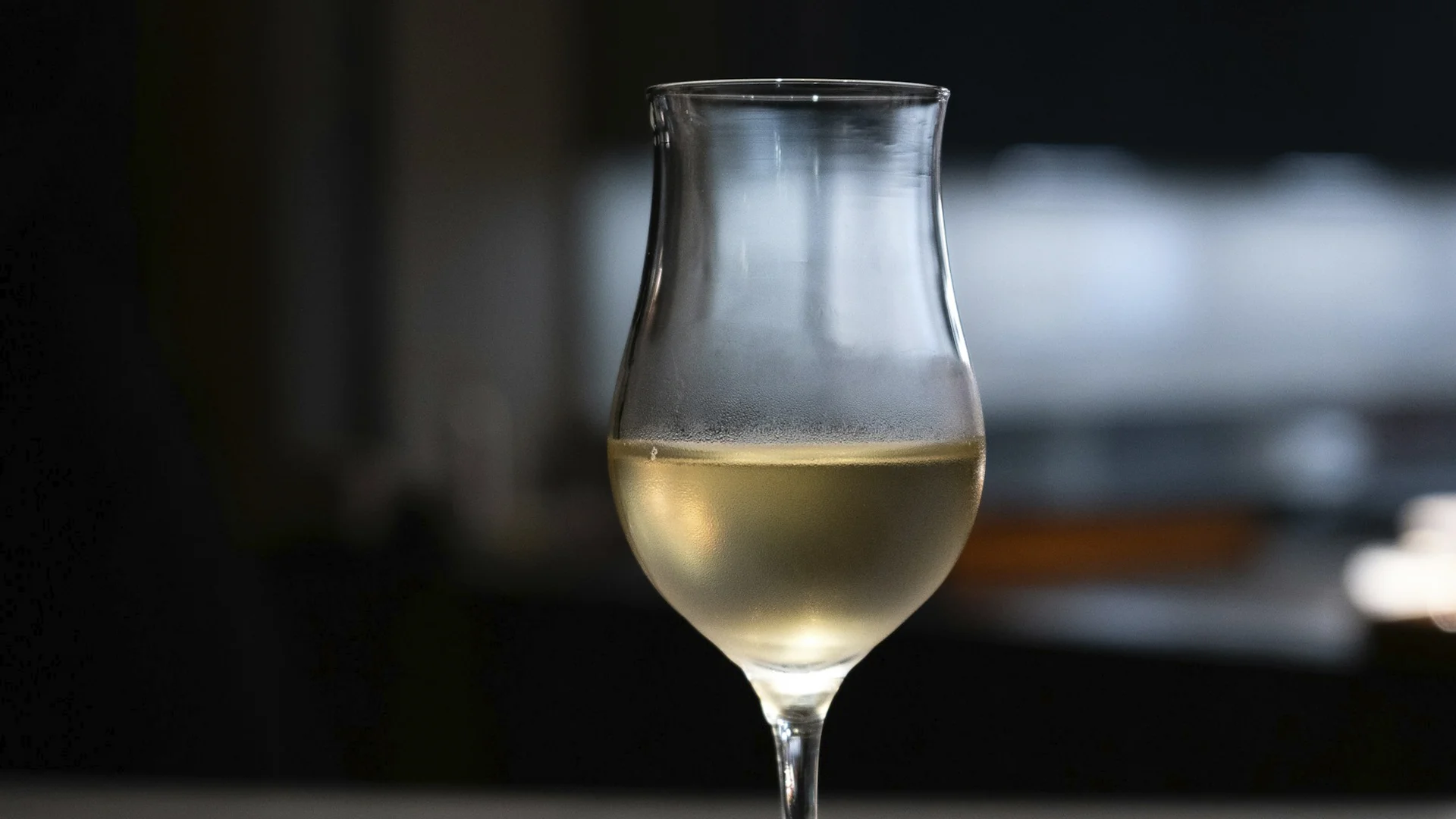
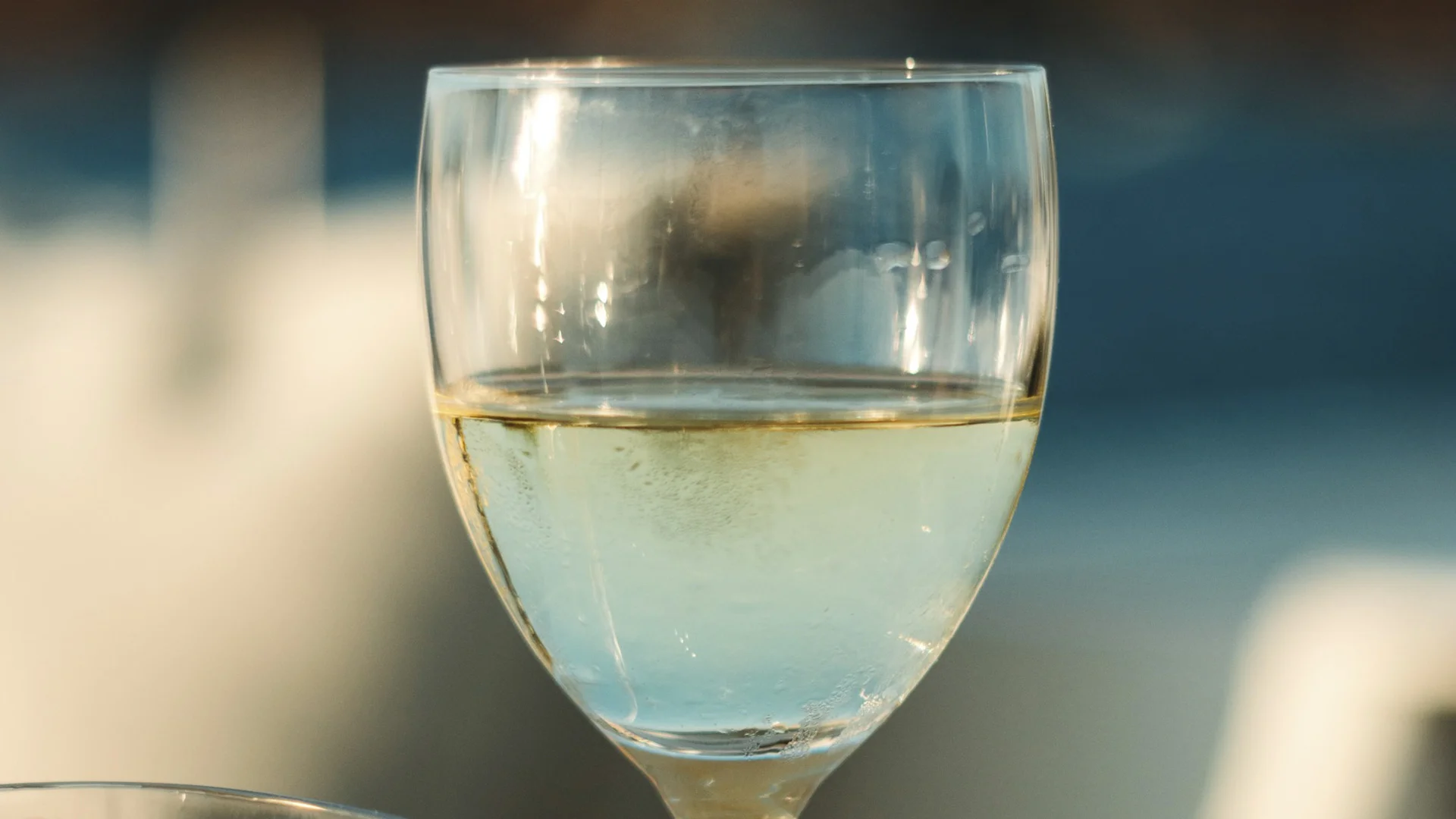

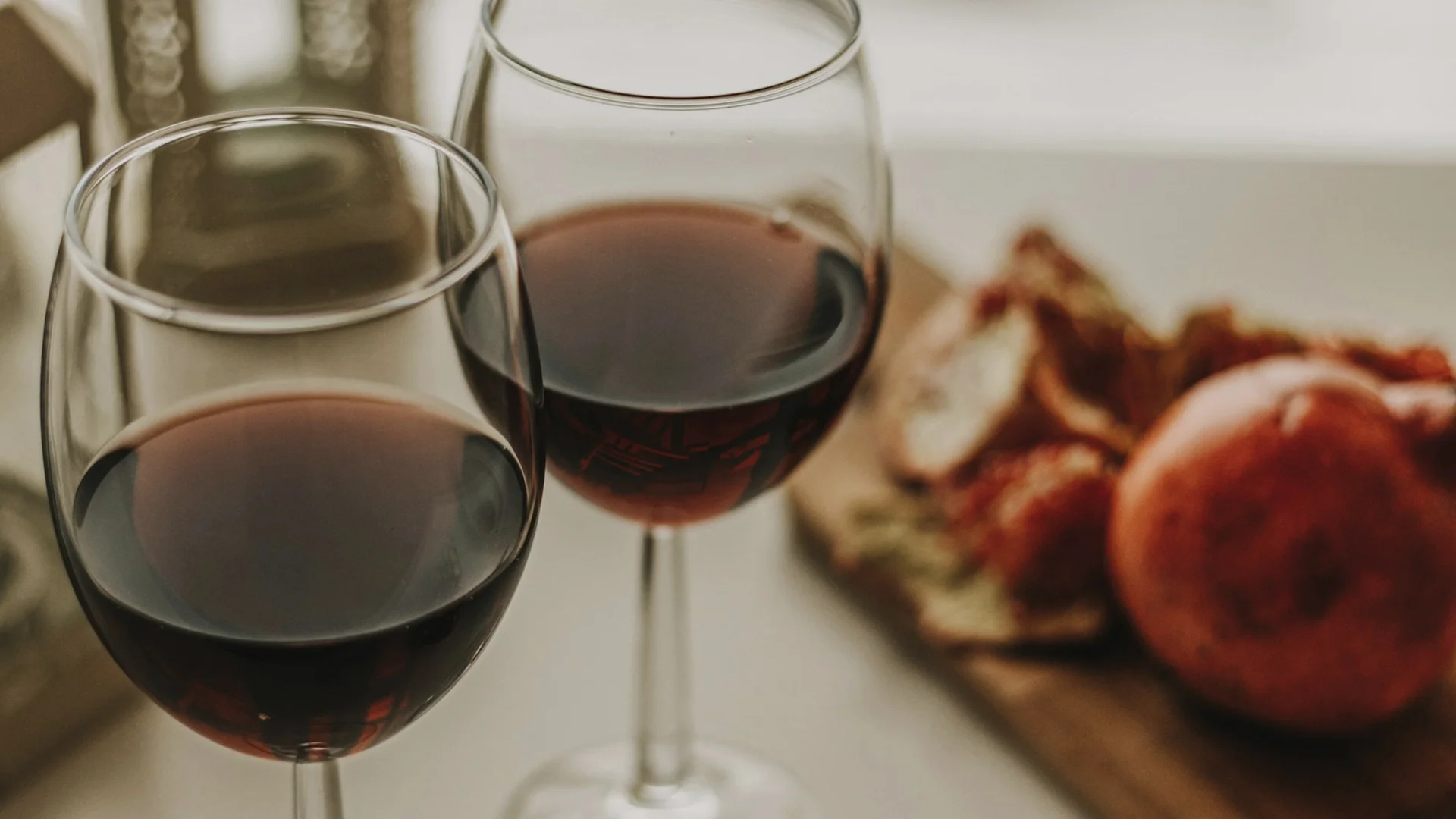


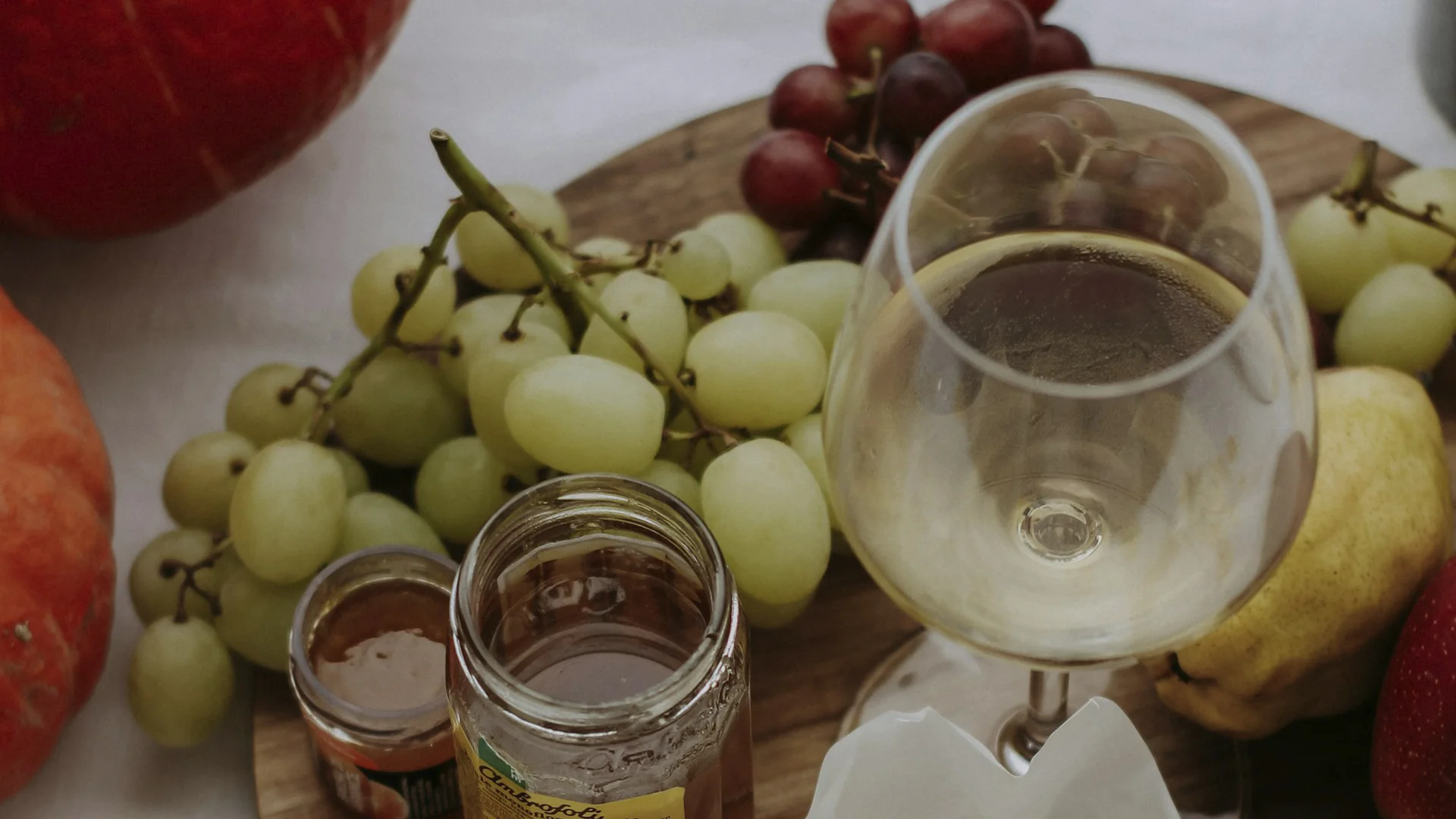



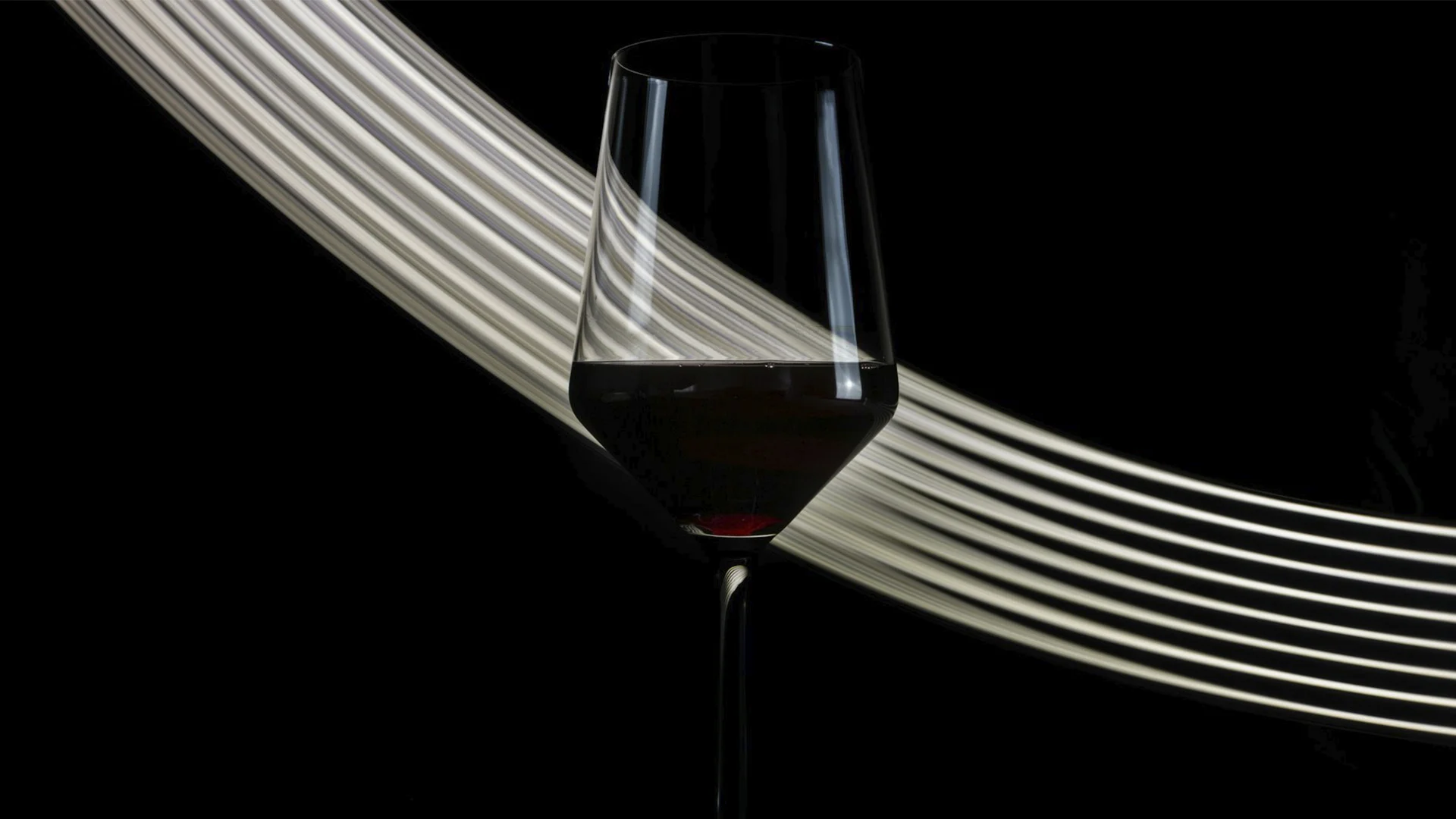



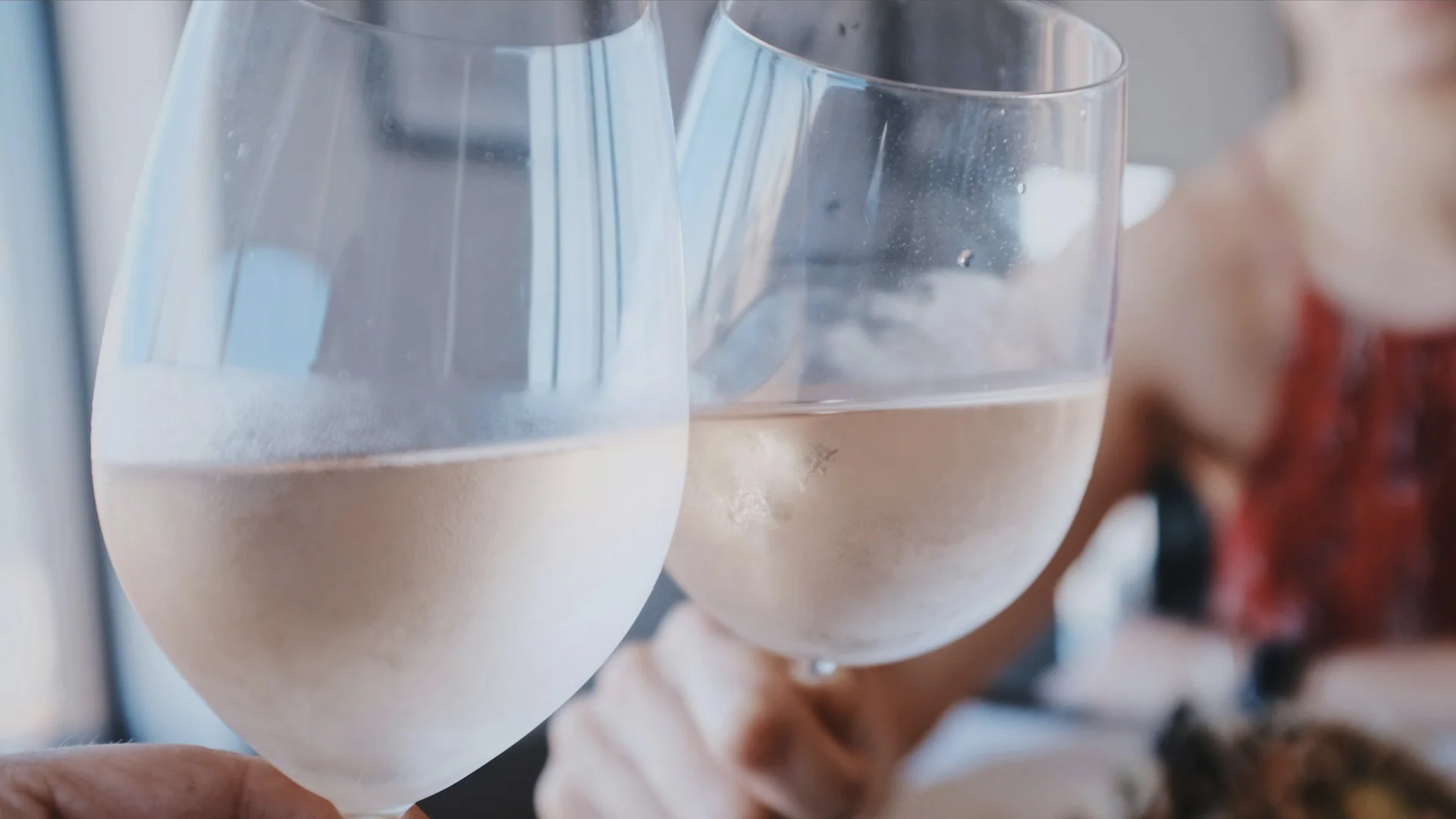

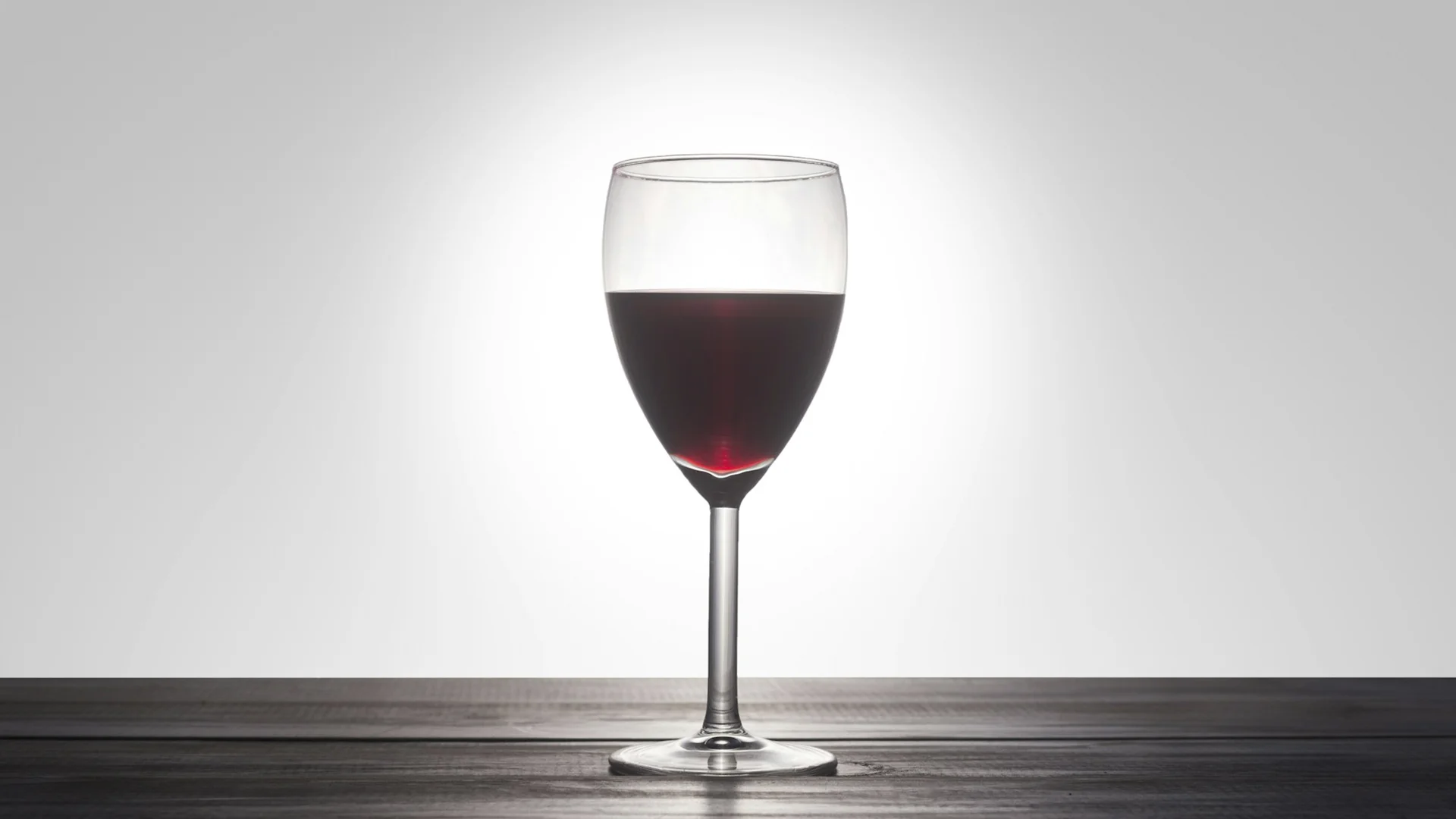


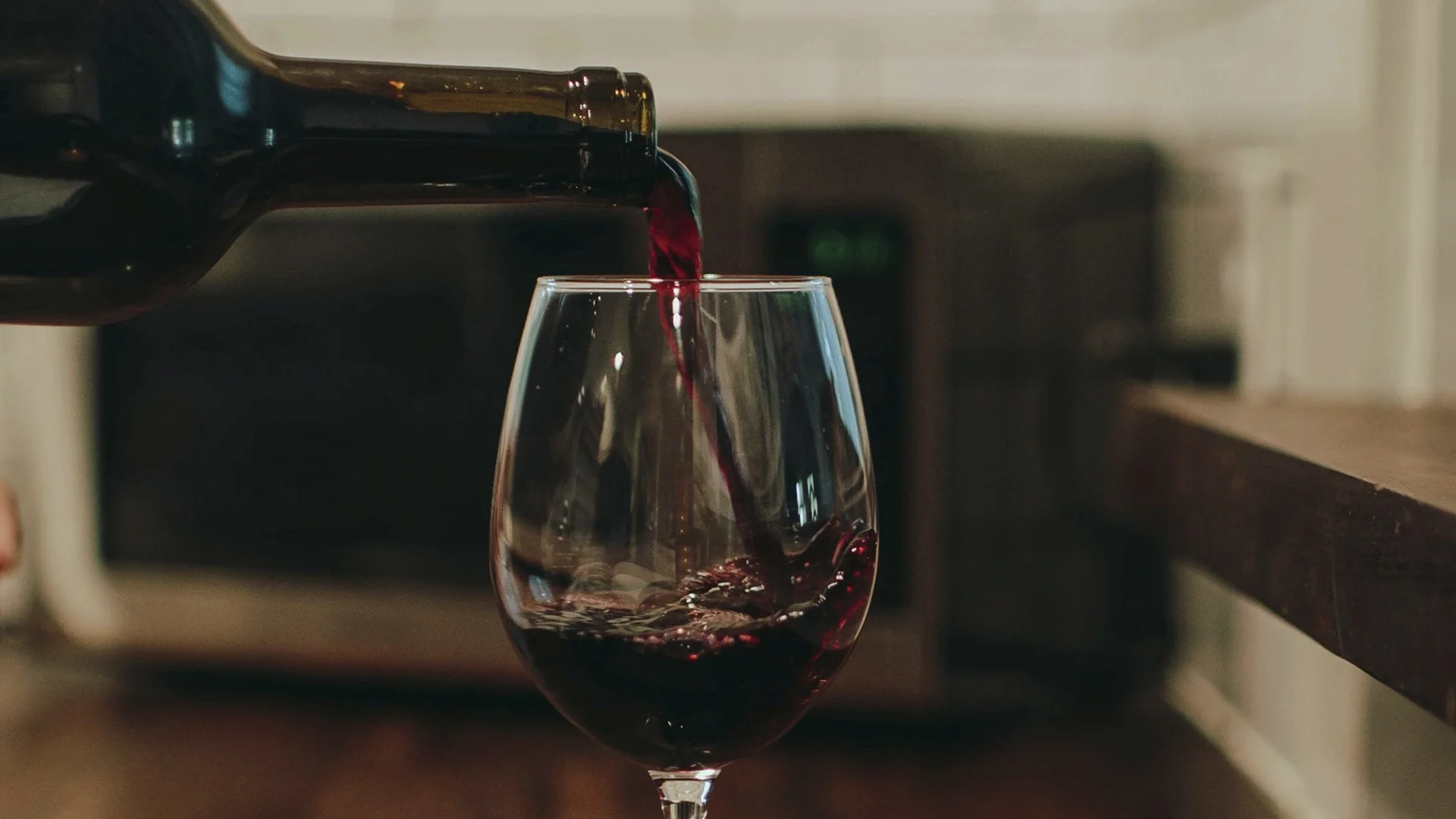


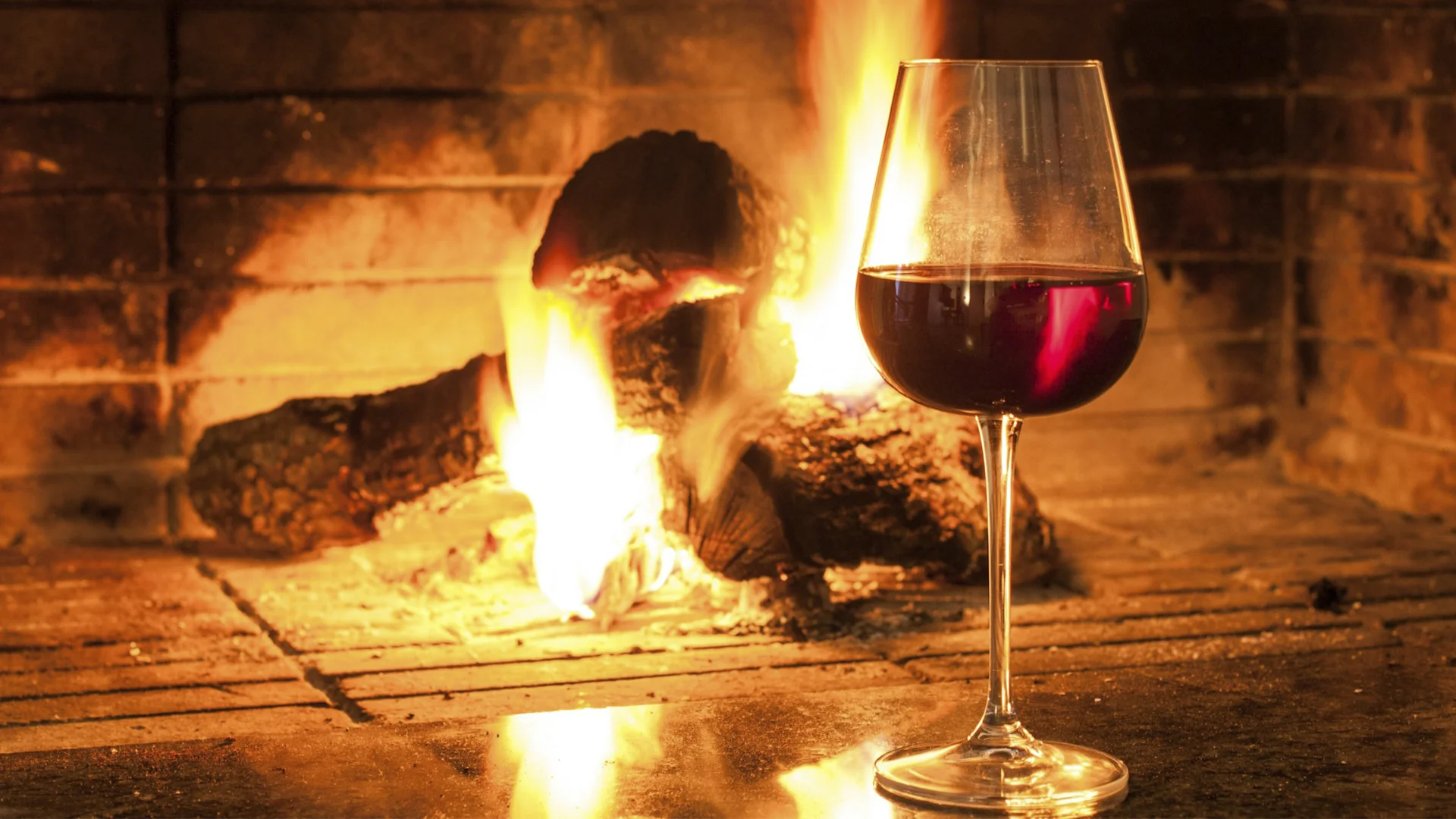
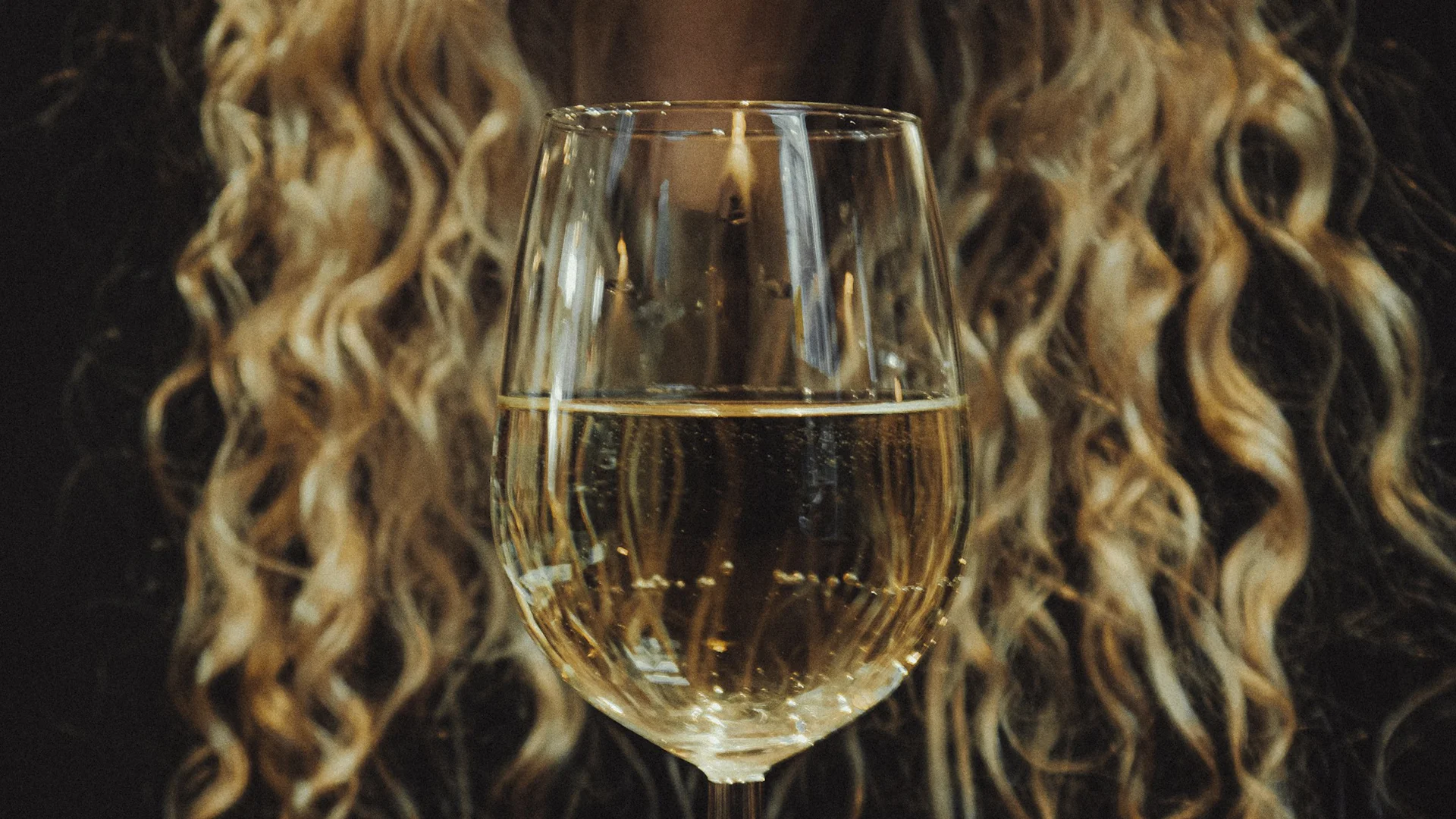

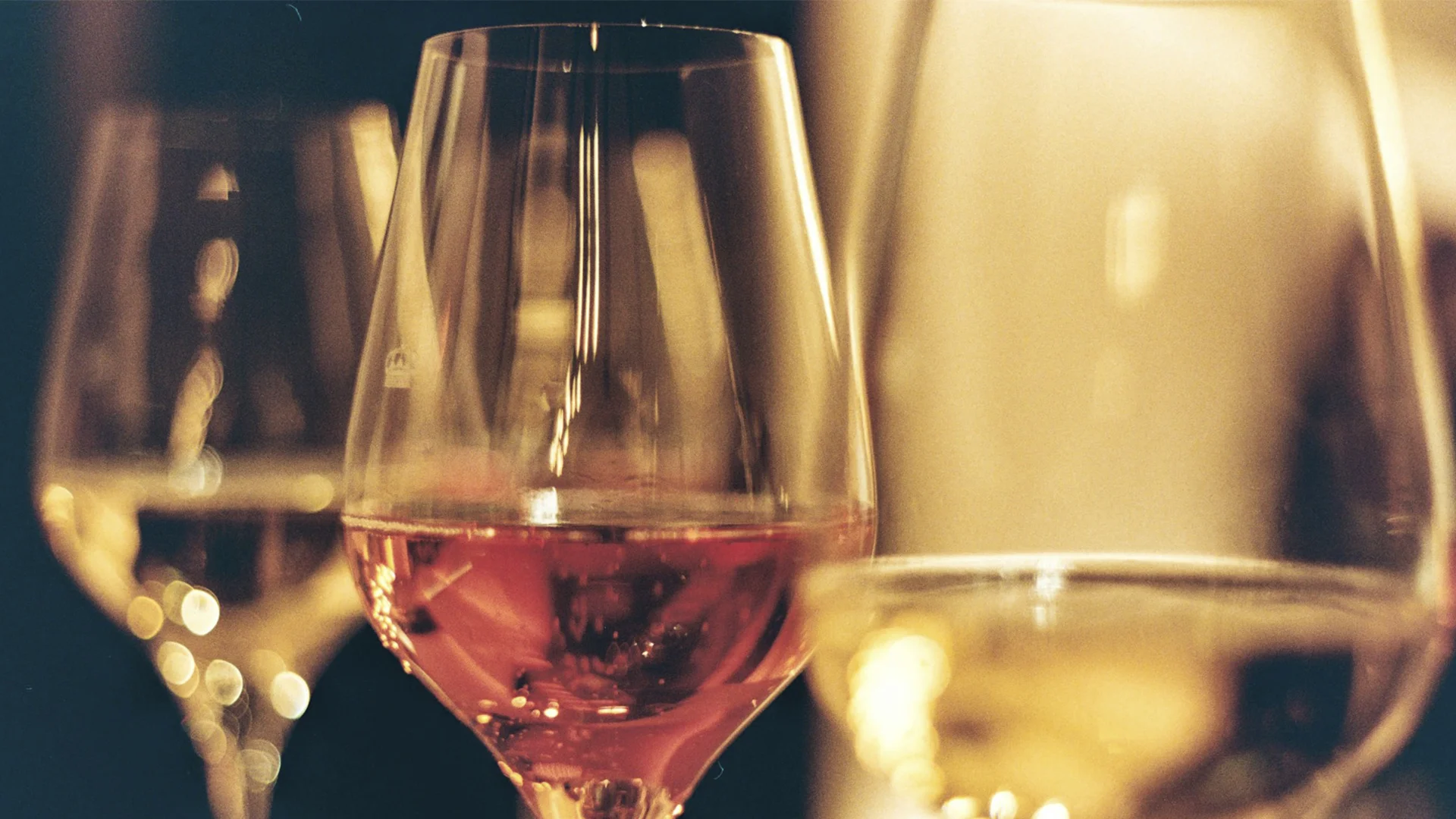
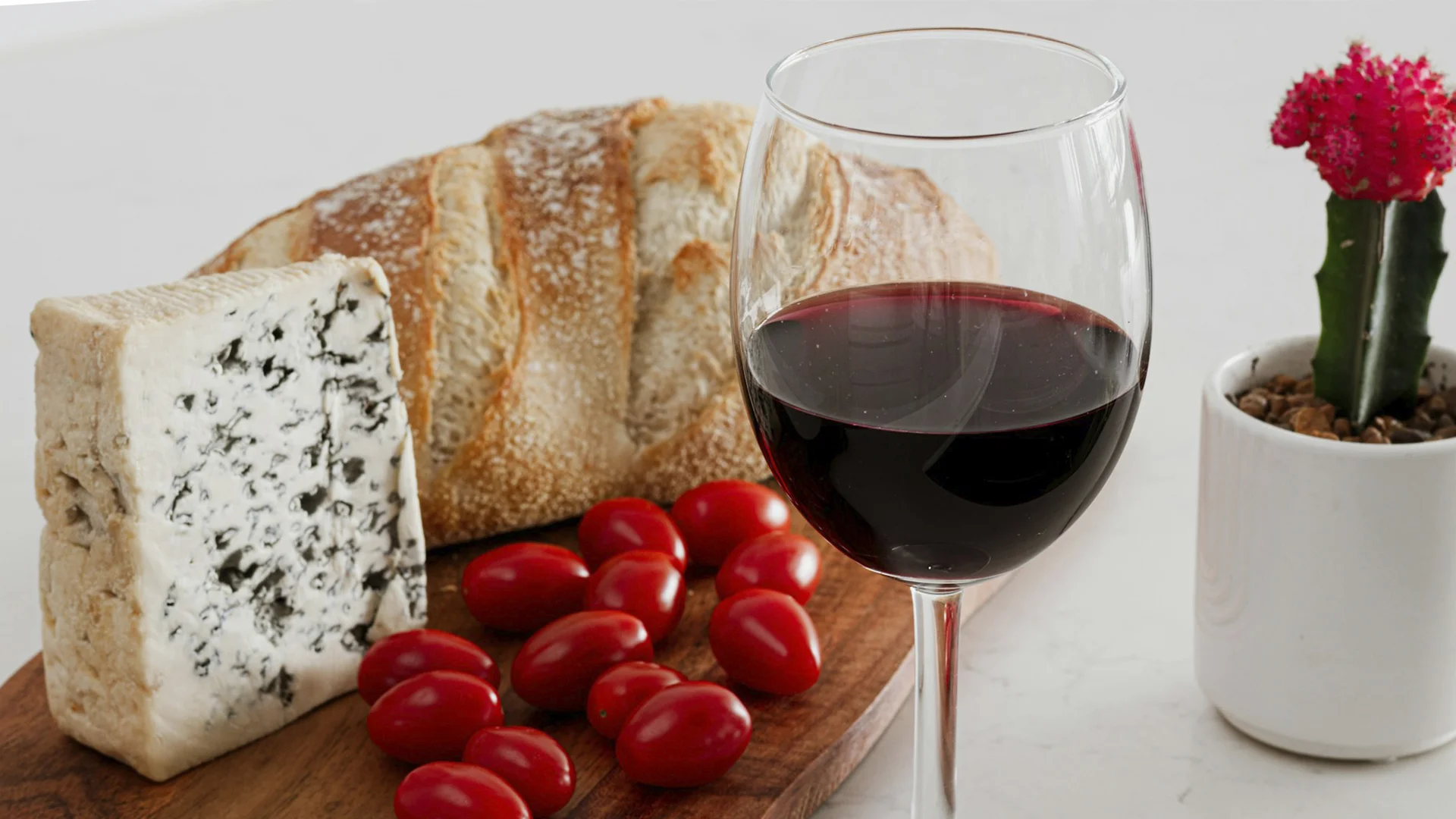

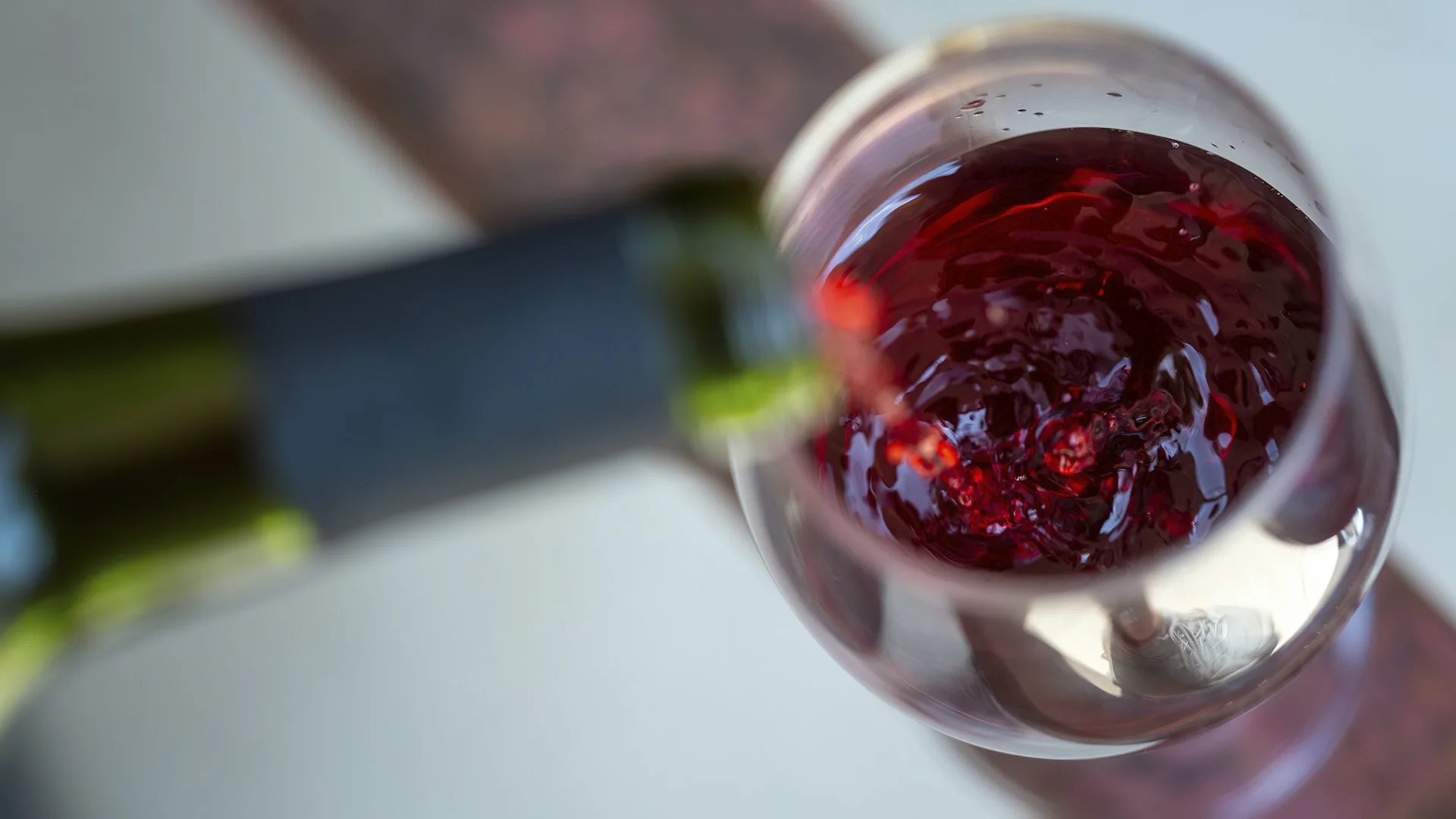


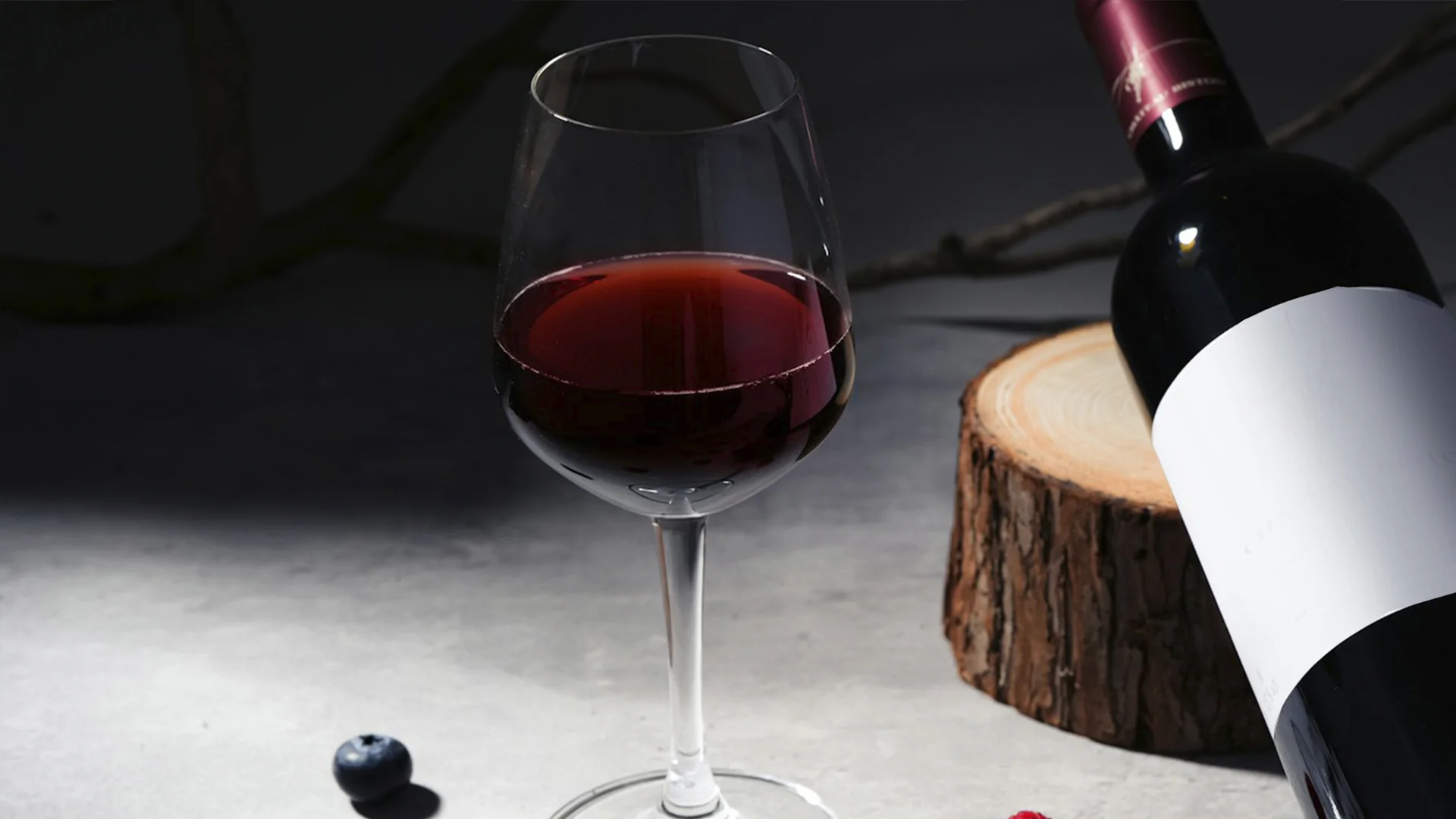
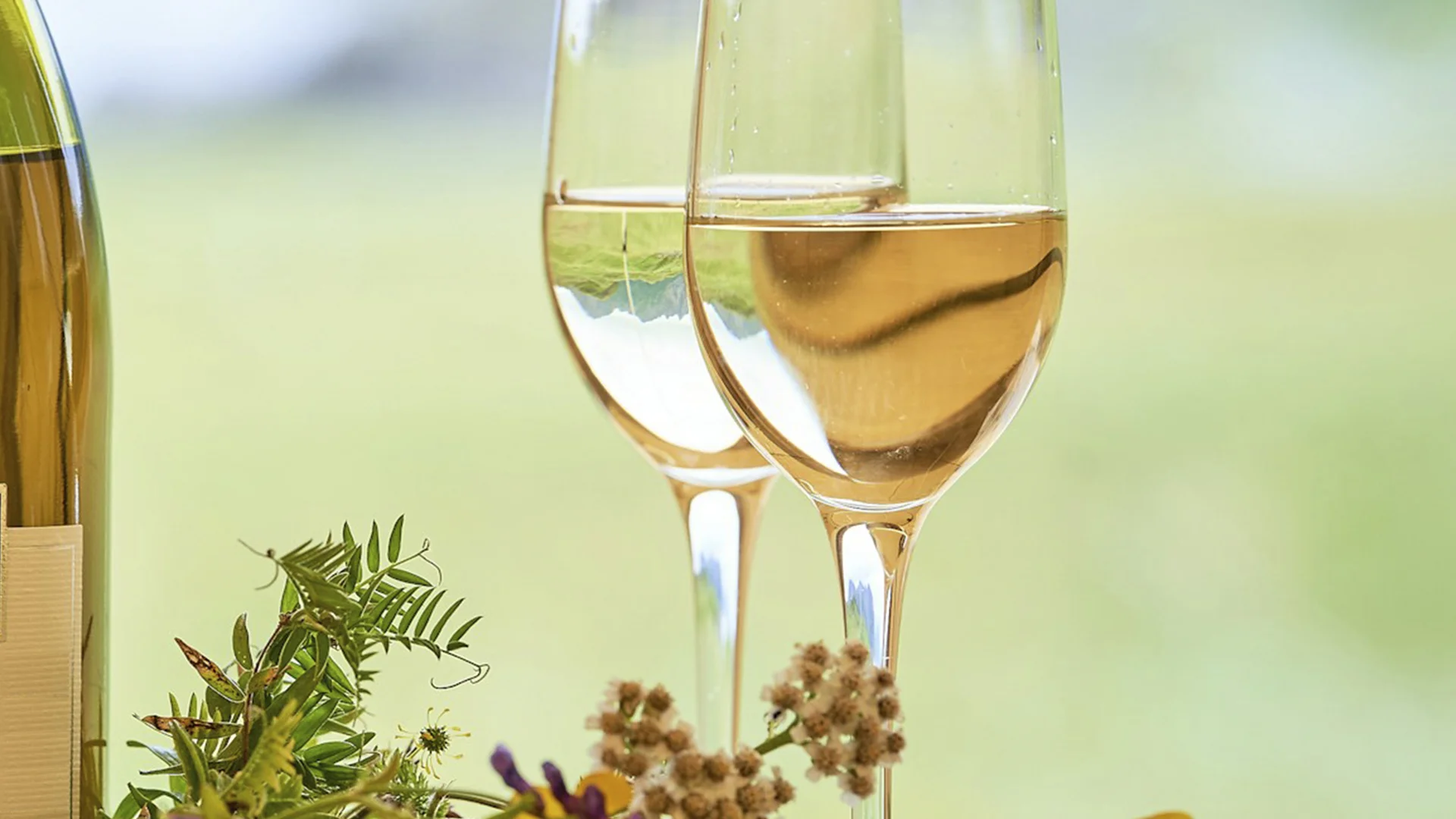
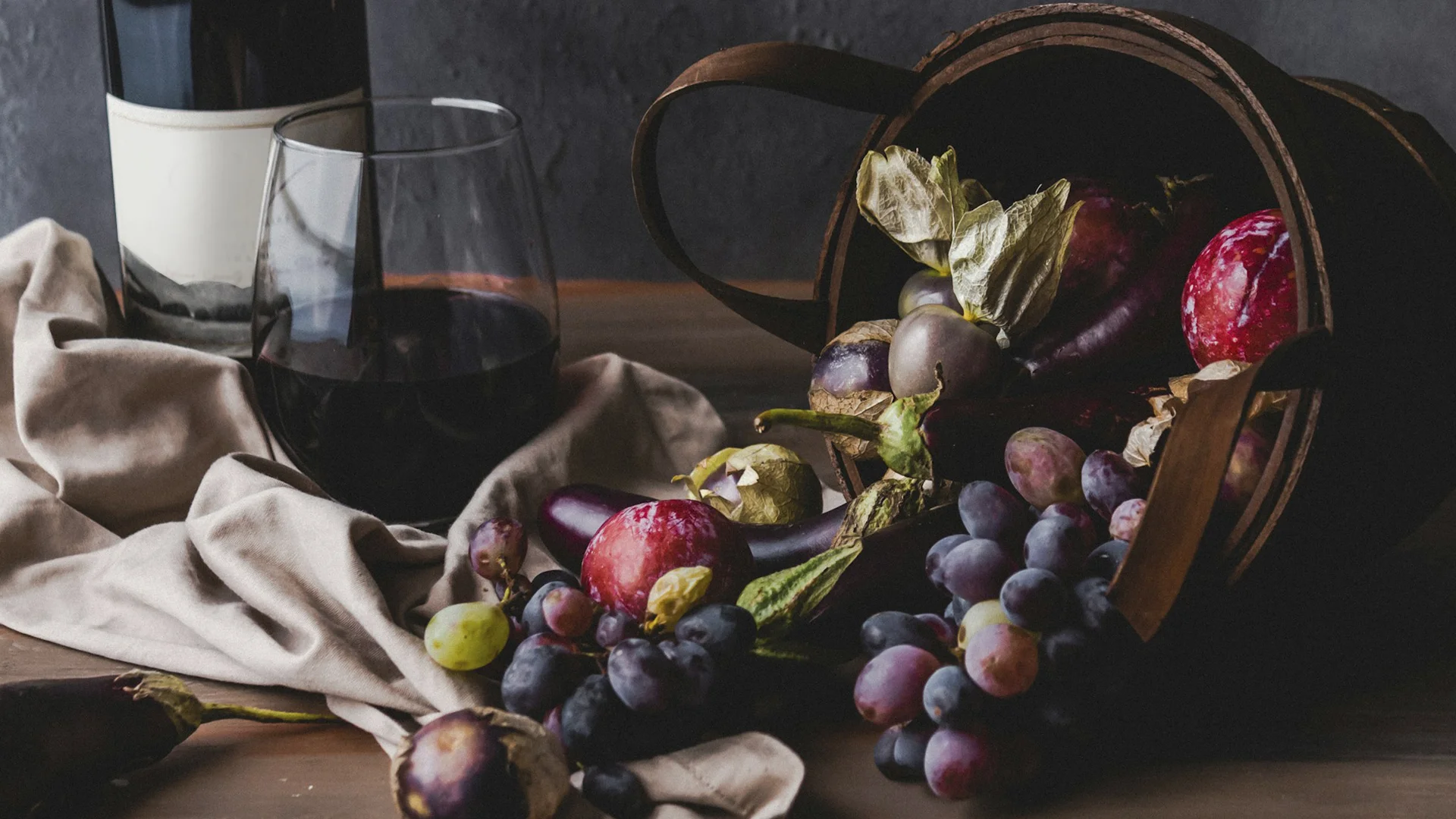
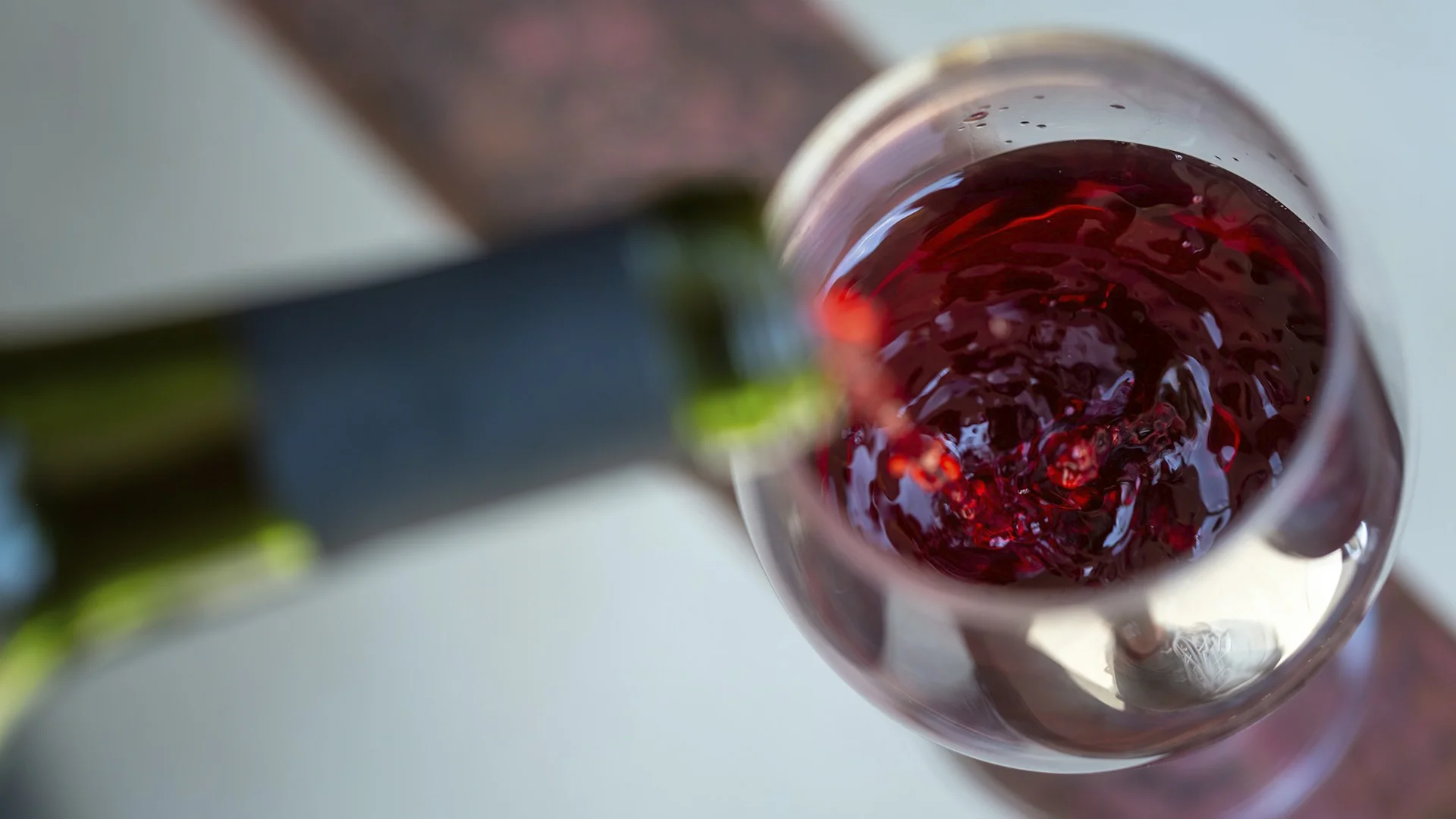
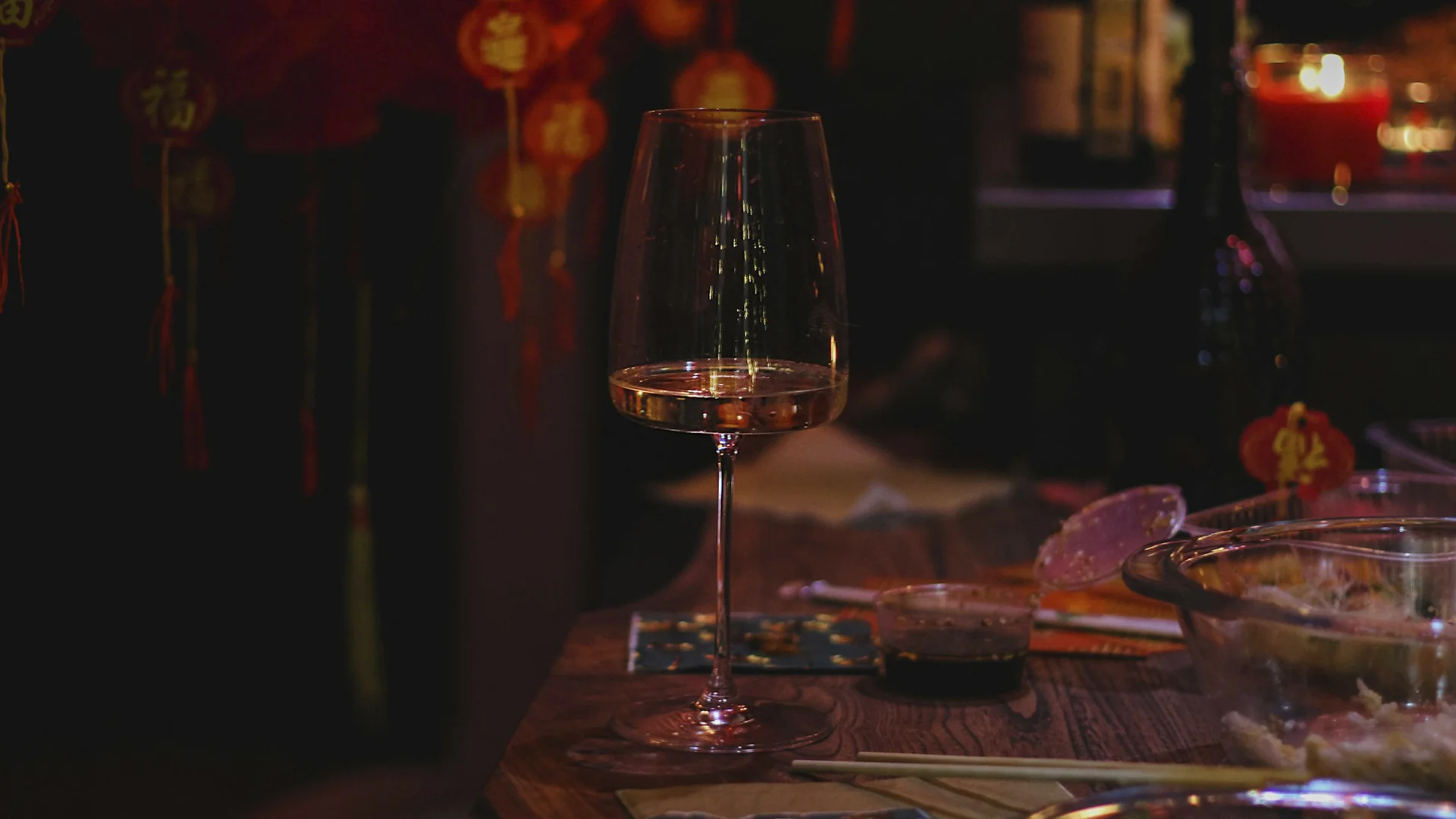






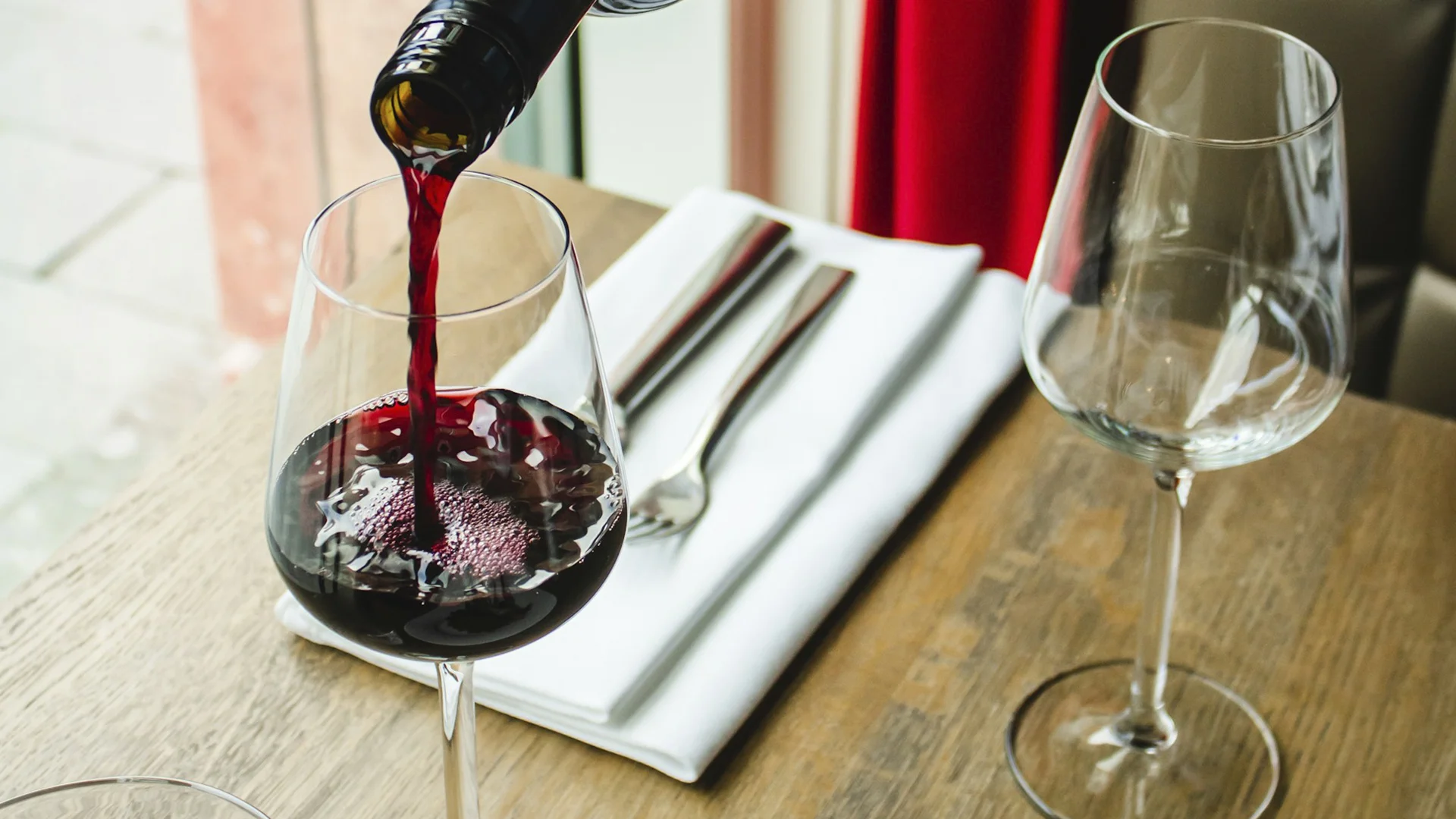












.webp)

.webp)
.webp)
.webp)



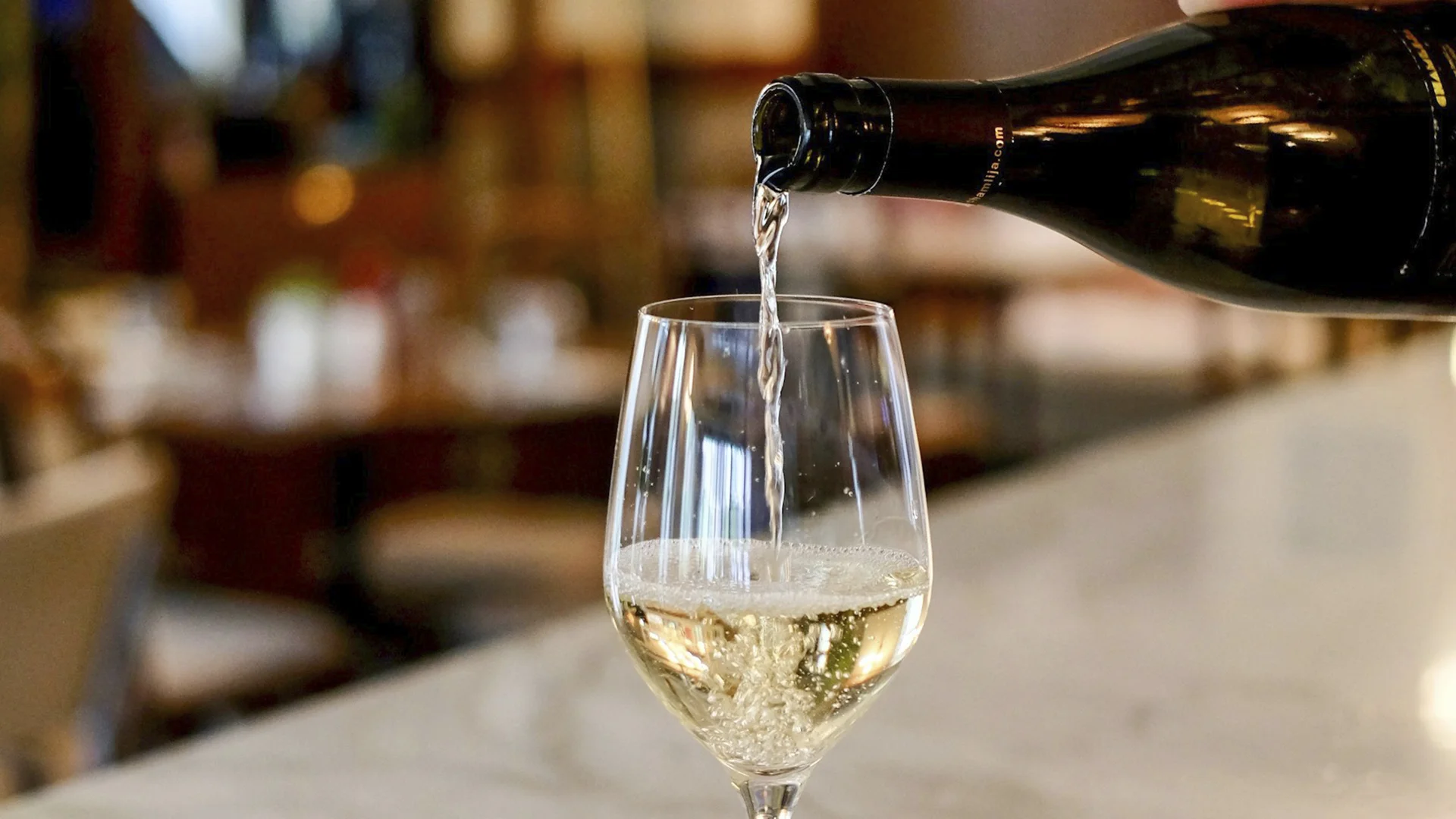


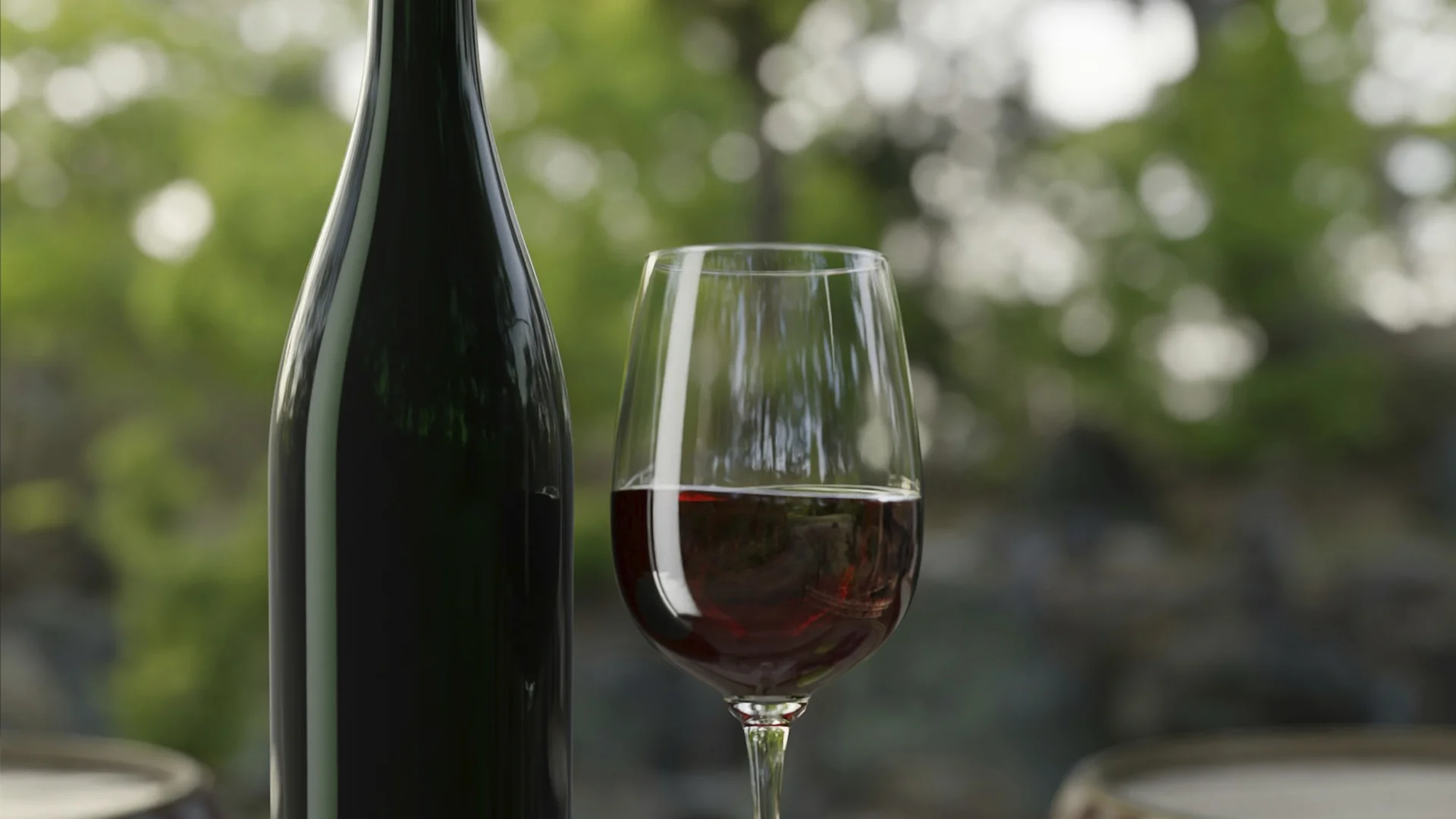



















.webp)













Are you interested in
collaborating with us?